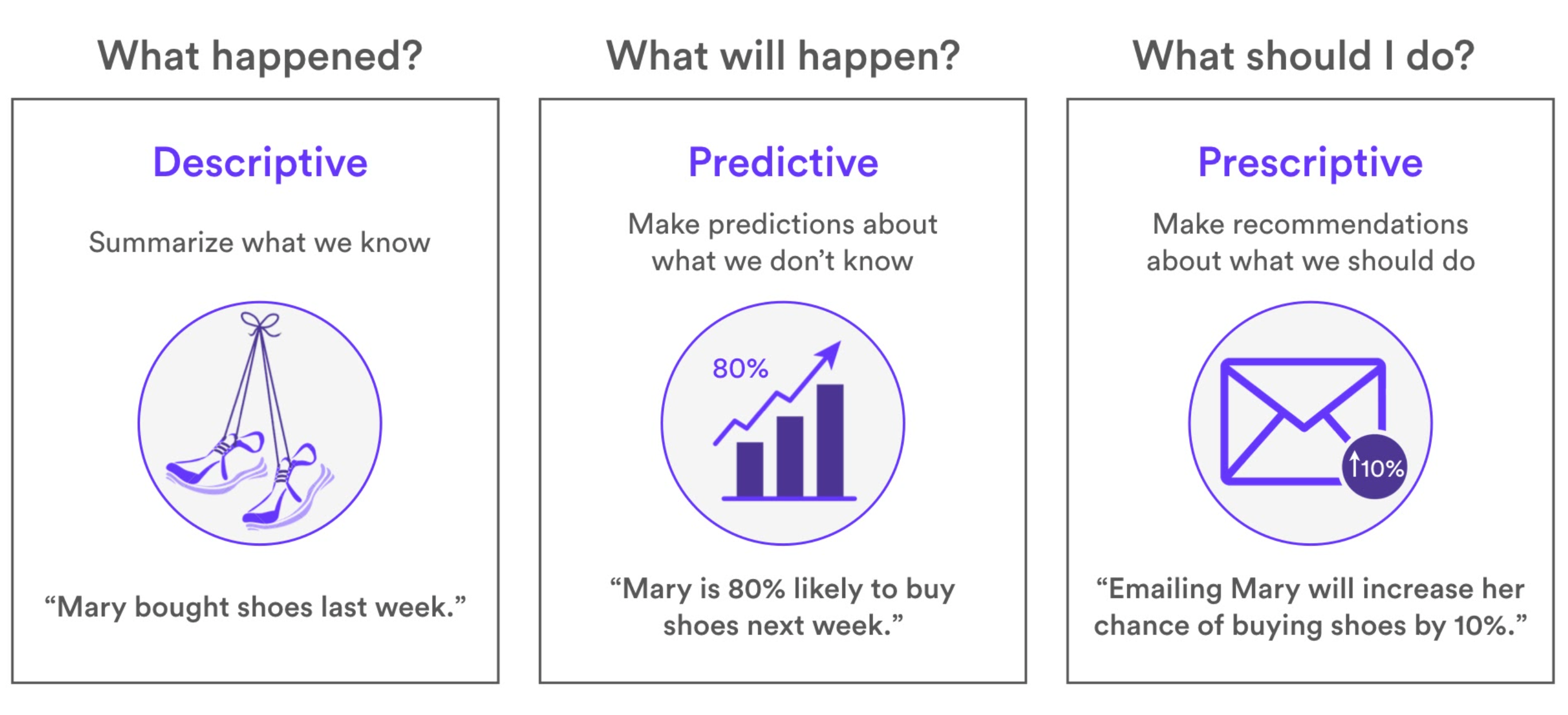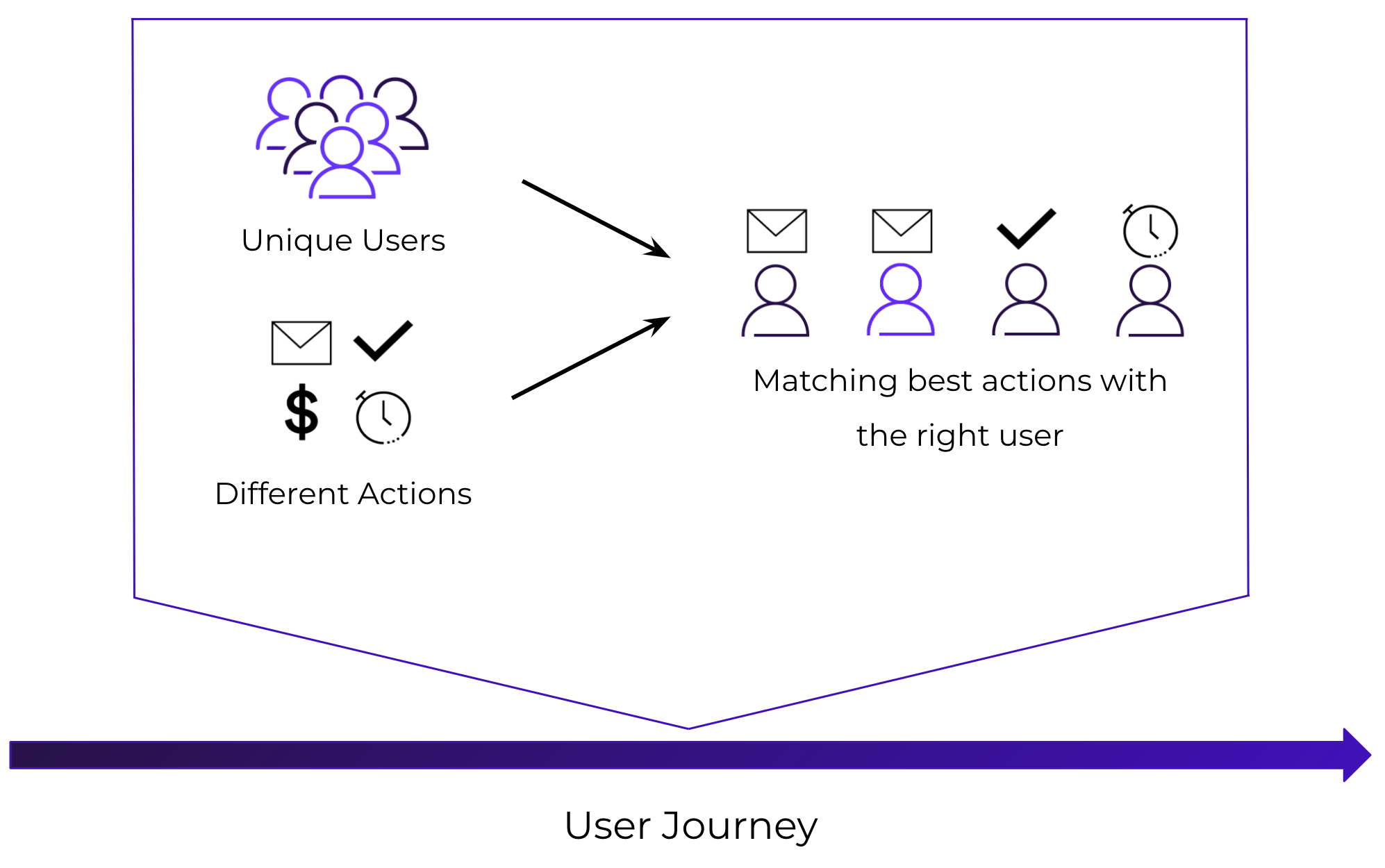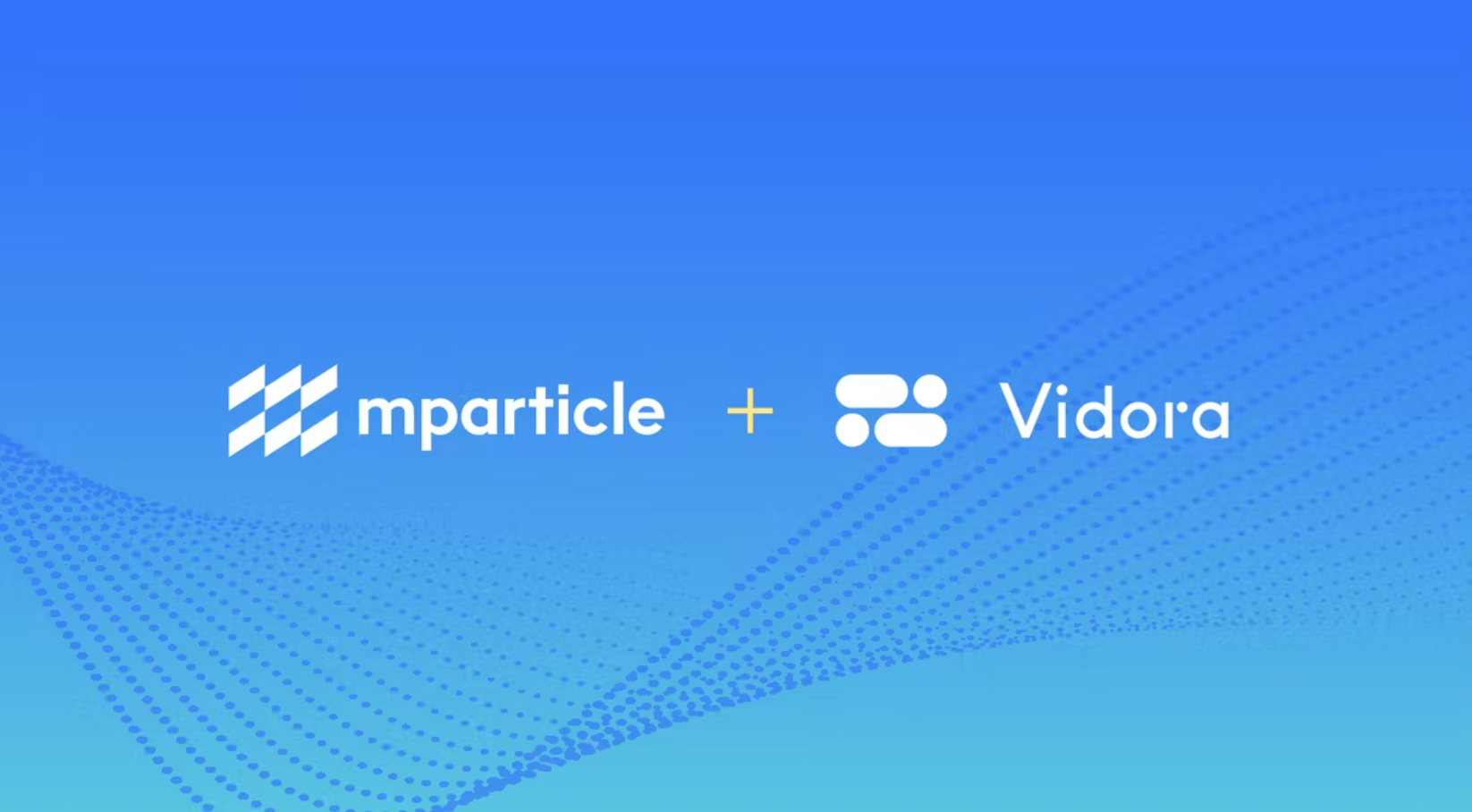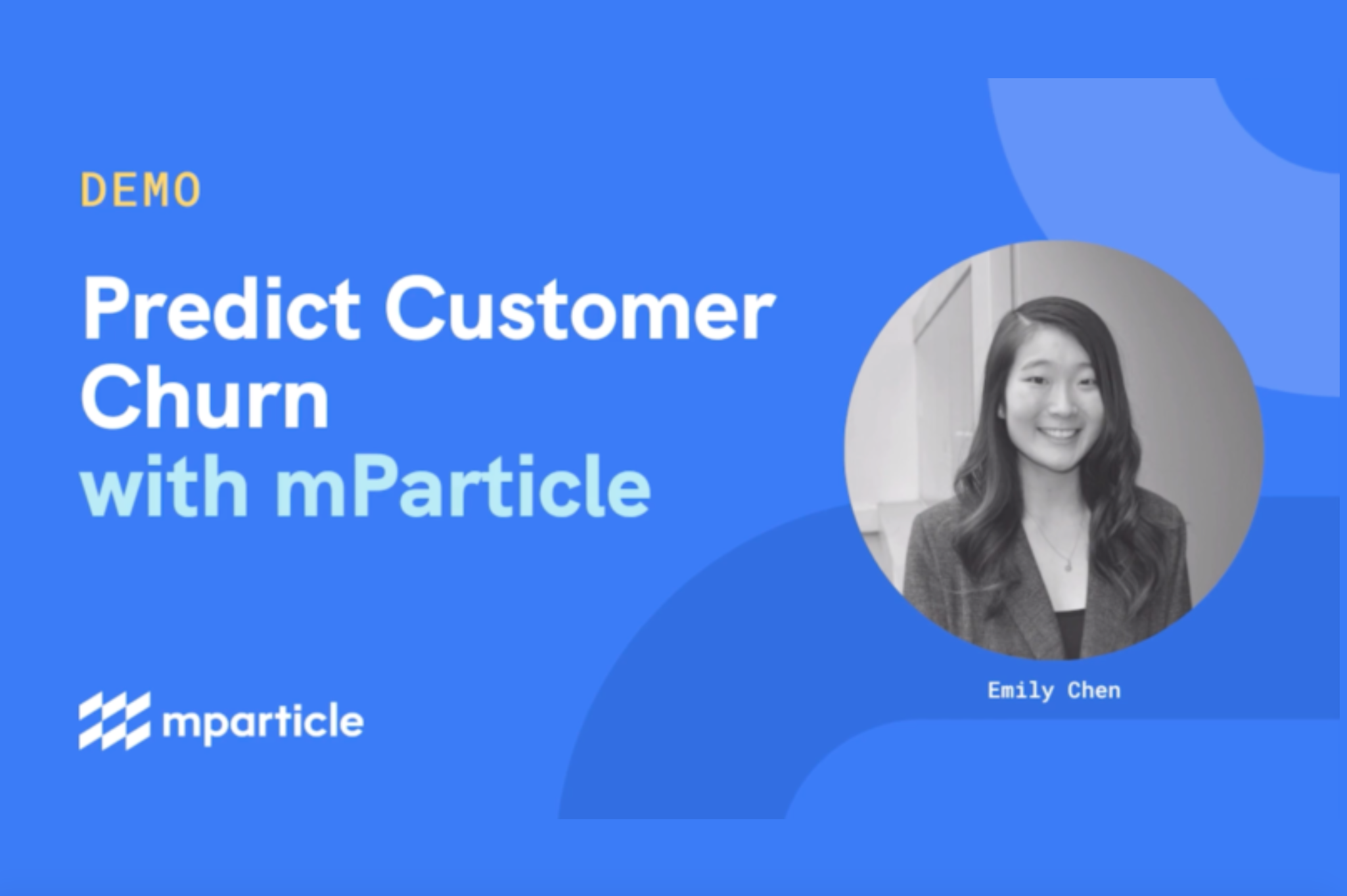
Machine learning provides a strong framework for optimizing digital user journeys. One powerful technique within the machine learning arsenal is dynamic decisioning, which can be used to power experiences like Next-Best-Offer and Next-Best-Action.
Dynamic Decisioning
Dynamic decisions enable a business to change what is shown to a user based on their past actions and existing business rules. The motivation for dynamic decisioning is that a user journey should be unique for every user and change based on a user’s activity. Digital experiences in particular offer an ideal platform for adapting user journeys based on their past behaviors.
Using Data for Dynamic Decisioning
Data and machine learning can play a key role in ensuring that a business optimizes each user journey when using dynamic decisioning. Machine learning enables a platform to learn over time which user journey will optimize value on an individual basis. In addition, machine learning enables a business to adapt to changing market conditions and changing user behaviors.
Using Real-Time Data for Dynamic Decisioning
Real-time data can be an especially important component when optimizing a user journey. Real-time data enables a business to take into account the current motivations of a user. Ideally, real-time data would be combined with historical information or static information associated with that user to impute the best decision for a user. Here is a good overview of combining real-time with historical data for machine learning.
Prescriptive Modeling
Dynamic decisioning is particularly powerful when combined with prescriptive modeling techniques (like Uplift Modeling). Prescriptive models predict the impact of an intervention on the user journey, while predictive models predict the likelihood of a user doing a particular action in the future. Here is a good summary comparing predictive and prescriptive modeling.

Comparing different modeling techniques. For dynamic decisioning and user journeys, prescriptive modeling is often the best option.
Next-Best-Offer
Next-best-offer is a particular kind of dynamic decisioning in which a user is presented with one of many offers. The right offer for each user is the one which maximizes business value. For instance, one offer might be $10 off a purchase, another offer might be $20 off a purchase. Depending on the current motivations of the user, and their past behavior, a business may maximize total value with either the $10 or $20 offer for any particular user.
Next-Best-Action
Next-best-action is also a kind of dynamic decisioning where the goal is to encourage the best action for each user which maximizes business value. For instance, it may be optimal for a user to register as their next best action based on learnings from their past activity. On the other hand, it might be best to encourage a user to sign up for a newsletter. The best action will be a combination of what the highest likelihood action is for a user with the value of that action for the business.

Example of next-best-action. How do you choose the right action for each user to maximize business value?
Getting Started with Dynamic Decisioning for your User Journeys
Dynamic decisioning, powered by machine learning and business rules, is a powerful framework to increase conversions and business value. What’s a good path to get started? We often recommend thinking about one particular high-value decision in your business and leveraging a data-driven approach for that decision point. High-value decision points allow a business to quickly and clearly demonstrate the value of dynamic decisioning.
Cortex offers a Real-Time Decisioning SDK which allows your team to use real-time and historical data, prescriptive modeling techniques, set parameters like how much to test vs. how much to optimize (explore-exploit parameters), visualize increases in conversions, and specify the value of different actions to the business. It can be a good framework to quickly begin deploying dynamic decisioning within your business.
Please reach out to info@vidora.com for any questions!


